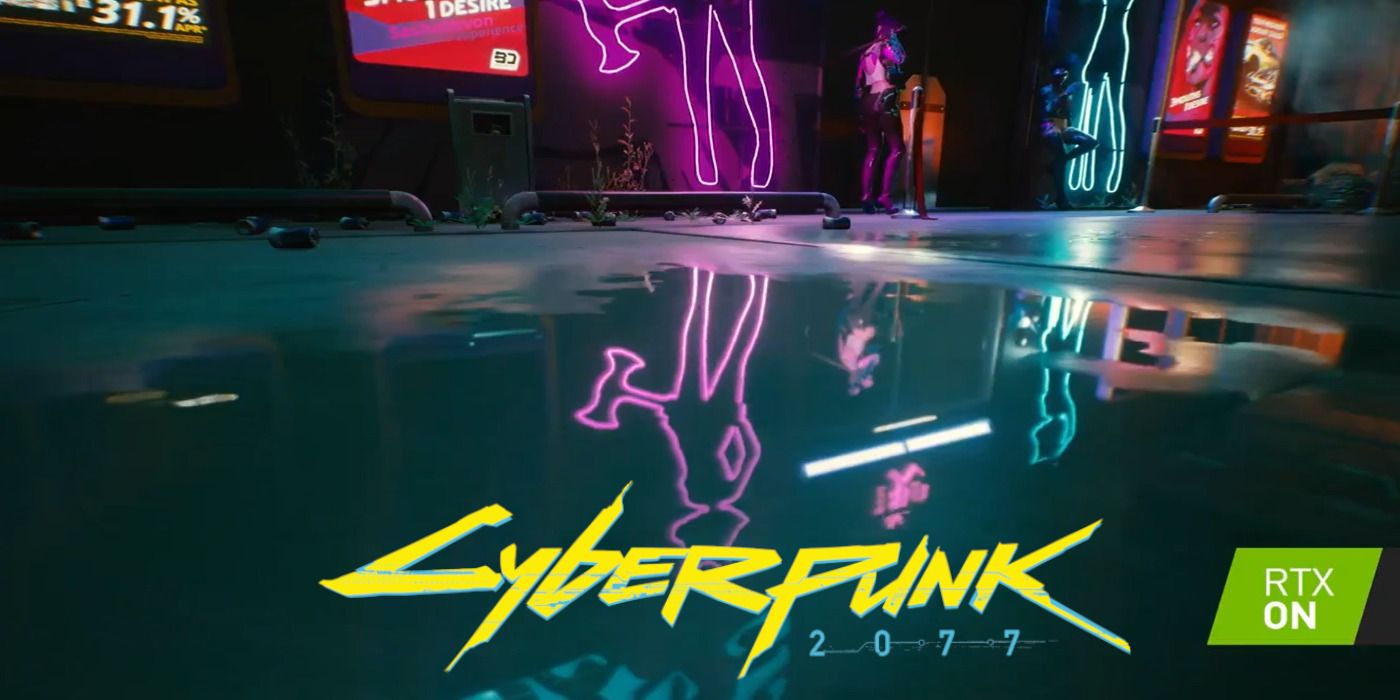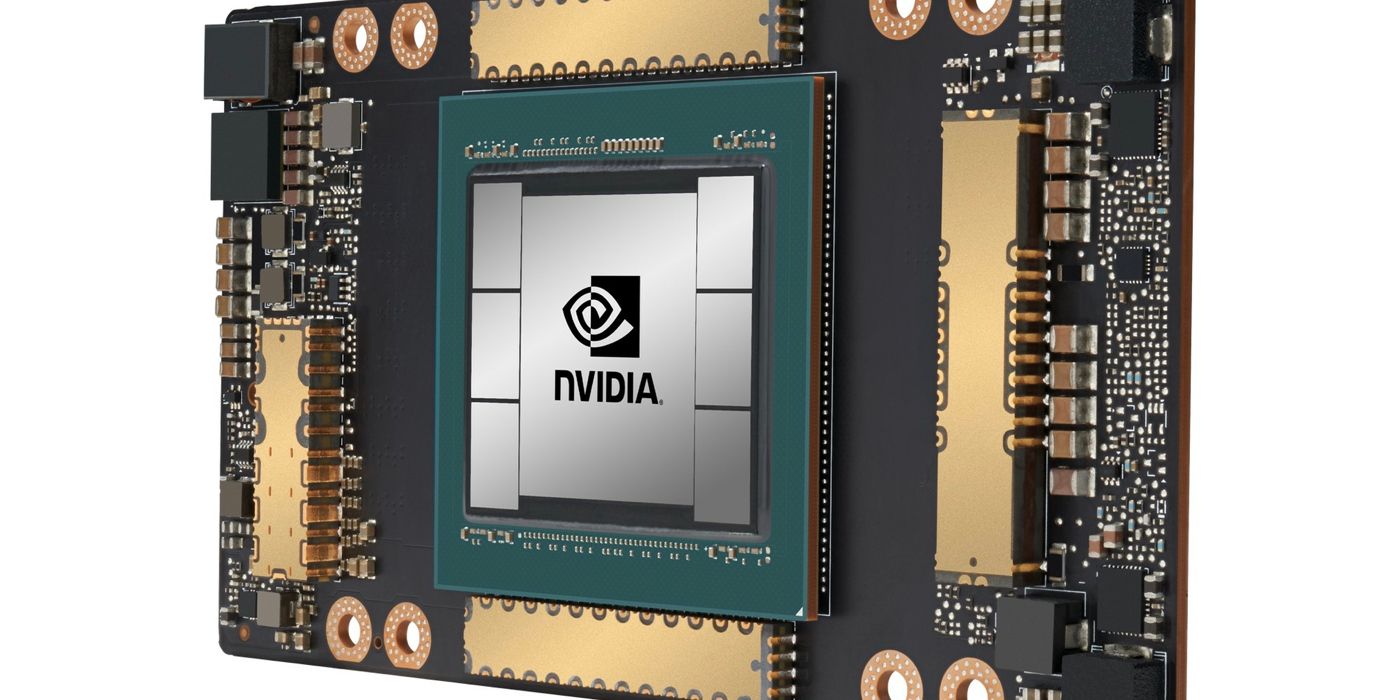Which 30-Series RTX Card Will Be The Best Bang For Your Buck?

After the announcement of Nvidia's new 30-series graphics cards and the reveal of their performance numbers, it's clear that graphics technology has taken a major leap forward. The three high-end cards discussed in Nvidia's video reveal are nothing less than the biggest generational leap in graphics technology in the last two decades, and to top it all off they are going to be offered at a competitive price point that Nvidia is typically not well known for. Usually, a new generation of cards offers 10- to 20% more performance for the same price, but the 3070, 3080, and 3090 offer almost double the old performance for the same- or even less money.
The most clear example of this incredible price-to-performance ratio is the 3080 ($699 at launch), which Nvidia claims has double the performance of the 2080, a card that launched at the exact same price point. Likewise, the $500 3070 is said to outperform the 2080Ti, which launched for $1,000 but was rarely found for under $1,200. The new 3090 is a little bit harder to classify- it is quite a lot more expensive than the old 2080Ti, but is also not being skewed as the flagship card. Rather, the 3090 is something of a replacement of the old TITAN cards, this time aimed at professionals and content creators. The question remains though: which one of these new cards offers the most performance per dollar spent?

The RTX 3090 may well be the most powerful GPU ever released on the consumer market, but its $1,500 price tag combined with performance that not even most hardcore PC gamers would be able to fully leverage knocks it out of the competition for best price/performance ratio. Streamers, content creators, video editors, and other professionals might find its beyond-next-generation capabilities fully worth the investment, but there is always a premium placed on the best of the best. Even gamers looking to max out their performance aren't expected to buy the 3090.
The real flagship of the 30-series lineup is the 3080. It is priced at a slightly more reasonable $700, and for that price offers all the same high-speed VRAM and other technologies on offer in the 3090, just scaled down from "massive unnecessary overkill" to "usable overkill." The 3080 will still be capable of 4K gaming, maxing AAA games out to ultra, running multiple displays with ease, and pushing ray-tracing beyond a being gimmick and into prominence. It will be years before 3080 buyers will have to think about turning their graphics settings down from ultra to high, which makes its long-term value very competitive, but as a flagship product it still isn't the value king in the lineup.
For 20-series cards, the 2070 and later the updated 2070 SUPER were the best value GPUs on the market. The 3070 will replace that niche in Nividia's new lineup, and it looks like it will once again be the best bang-for-buck graphics card out there. In terms of value for performance, the 3070 beats out the old 2080Ti, which used to be sold at a considerable markup as the most powerful GPU available. Recent buyers of 2080Ti cards are regretting their $1,200 purchases now that a mid-range card can beat it out for less than half the price. For most serious PC builders, the 3070 is clearly the way to go.
The 3070 may not have as much over-the-top performance as the 3080 or 3090, but it will still likely have no trouble running games at max graphics and high frame rates for years to come. The 2080Ti is still a formidable card, and the 3070 beats it out handily. For gaming at 1440P and even 4K, the 3070 will be plenty powerful, and its ray-tracing capabilities are nothing to sneeze at either. All this said, there are a few more things to consider when comparing price to performance for these new cards.

So far, Nvidia has only shown its three most powerful high-end cards. Nothing has been said of possible 3060 cards aimed at the mid-range, or even more affordable budget-oriented options to come. If similar performance gains are still available in lower-end offerings, the 3070 may be toppled as the price/performance king. At the same time, the first iteration of new generation graphics cards often still have issues and kinks that are worked out later. The 20-series SUPER cards boosted performance midway through the products' life cycles, and something similar may happen for the 30-series.
There is also the not-so-insignificant fact that no one other than Nvidia themselves has had the chance to benchmark the new cards and test out these huge performance claims without bias. As secondary manufacturers like Asus start offering their own versions of the cards and independent reviewers get their hands on them, industry-wide opinions on which cards are truly the best may change. 30-series cards may be tough to find this year because the hype is so immense, but it also might be prudent to wait and see what new finds come as the upcoming cards age and face more competition.
The RTX 30-Series cards are expected to launch mid-Spetember.

Post a Comment